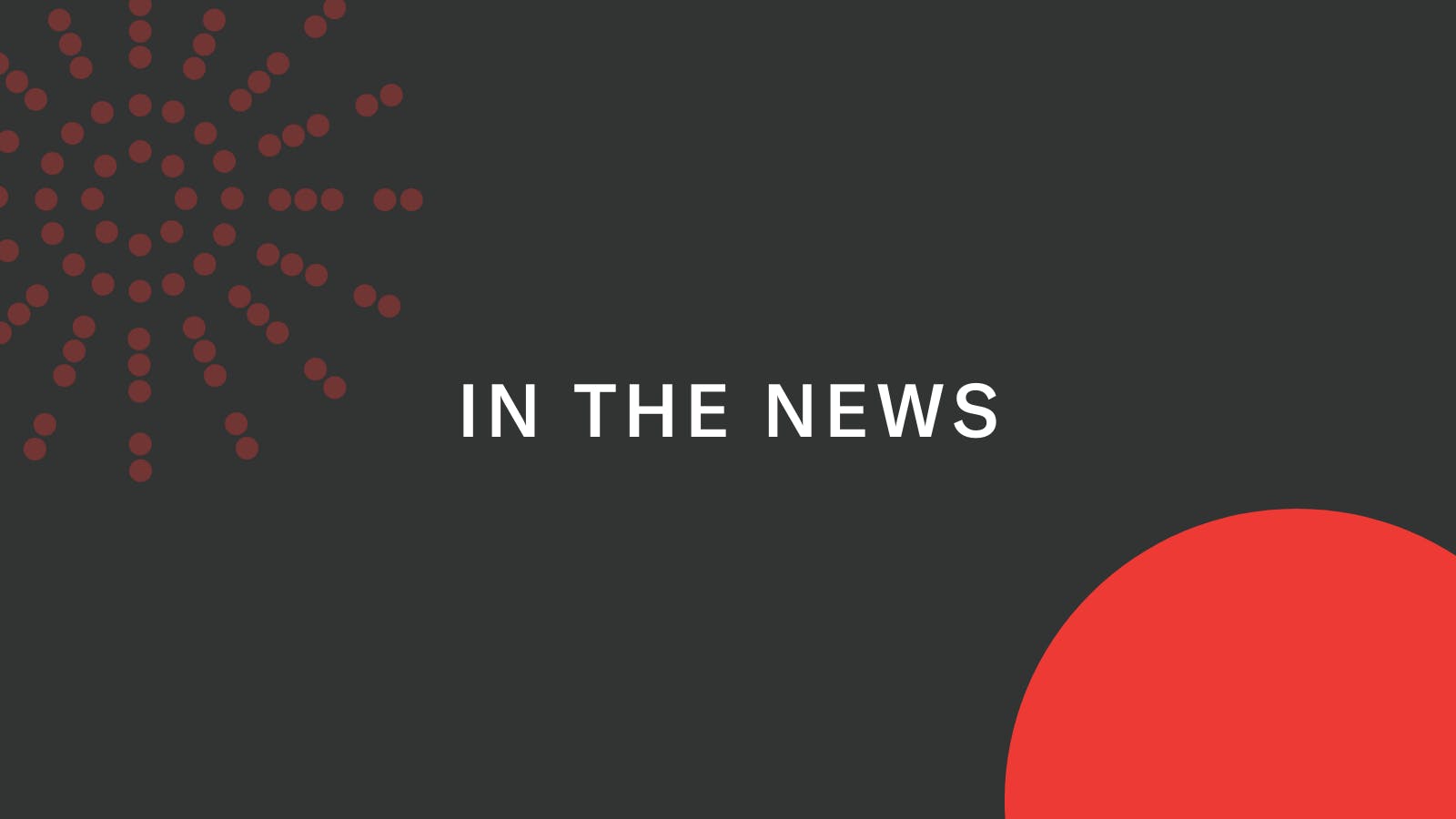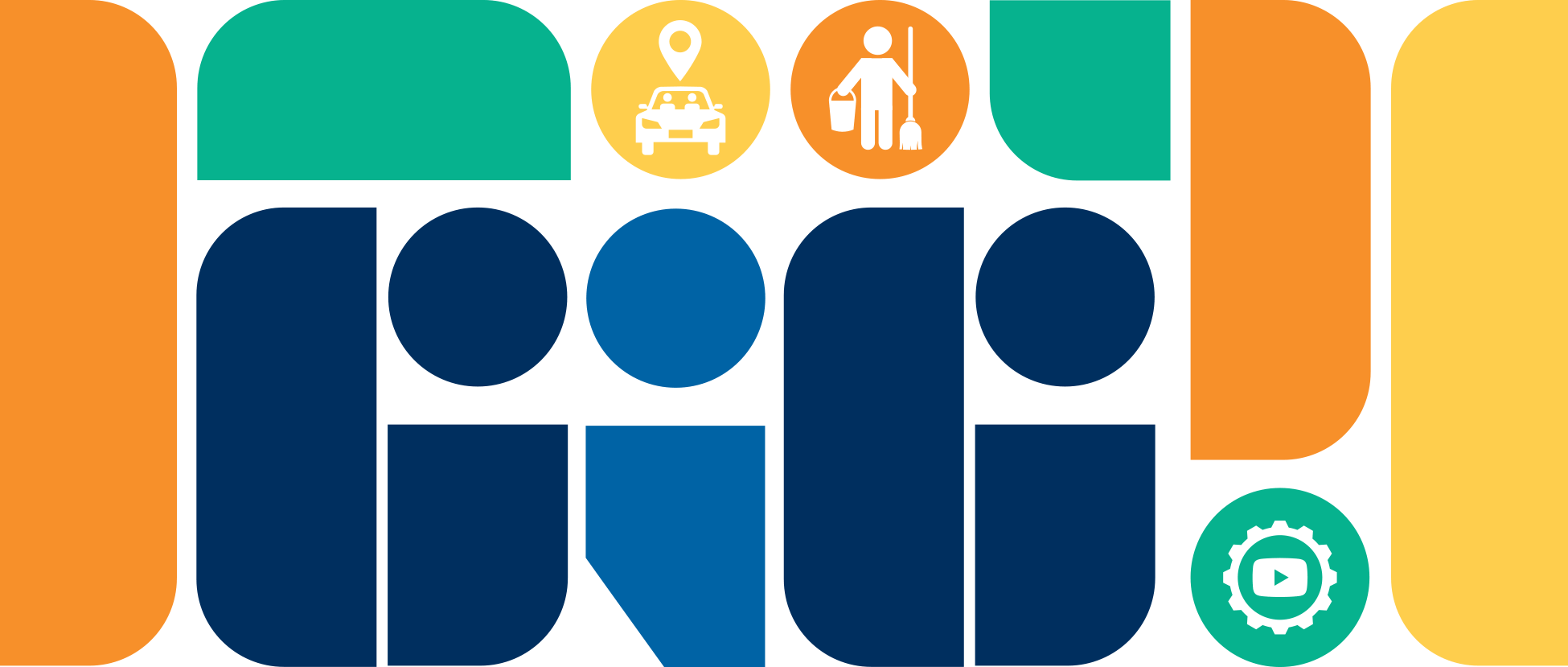Article
Alberta Budget 2022’s business as usual approach falls short
New spending priorities don’t address issues that matter to struggling Albertans
17 March 2022

Holding the government to account on budget issues is a complex and difficult task. However, a small number of nonprofit organizations regularly provide this type of analysis. The Edmonton Social Planning Council, the Alberta Seniors Community Housing Association, and the Calgary Chamber of Voluntary Commerce have all called attention to the government’s inadequate support of important public services, the nonprofit sector, and affordable housing in Budget 2022.
In 2021, VCC’s response to the budget stressed the importance of investments to tackle inequities that were exposed by the pandemic, including systemic racism, income security, and precarious work. In Budget 2022, our concerns remain unaddressed. Spending was maintained in most areas, although when inflation and growth are taken into account, most budgets were decreased. And, where we do see funding increases, as is the case with child care and affordable housing, this is primarily attributed to federal government transfers.
On the rising cost of living, Budget 2022 indicates that “Alberta is one of the most affordable places to live” due to higher on average earnings, low taxes, and lower home prices. However, a more accurate measure of affordability would involve a comparison of earnings to expenses. For those able to earn income from employment, VCC calculates the living wage, a proxy for the cost of living in any given community and determined by calculating average expenses, taxes and government transfers for a given household using local costs. The hourly rate a person living in Calgary needs to earn is $18.60 per hour - a difference of 24% from Alberta’s minimum wage of $15 per hour.
For those unemployed or unable to work we compared benefits from Alberta’s income support program to Canada’s official poverty line of $2,060 per month. Even Alberta’s Assured Income for the Severely Handicapped (AISH) program doesn’t meet the mark at $1,685 per month. In fact, some income support benefits are as low as $745 per month or 37% of the poverty line.
The government’s assessment of affordability is based on averages. However, a key problem with reporting on average incomes is that incomes at the top are skewing the average; this is especially true in Alberta where income inequality is higher compared to other provinces. In their book Sustainability Matters authors Noel Keough and Geoff Ghitter report Calgary’s after-tax inequality is “four times higher than the national average.” In reality, many Albertans are struggling to get by. A recent study reported 44% of Albertans were within $200 of being unable to meet financial obligations and insolvency rates rose 6% in 2021.
The response from government on affordability challenges is disappointing. Apart from the child care investments (which is primarily being funded by the federal government), the budget ignores repeated calls from disability and anti-poverty advocates to align income support benefits with the cost of living. This would involve indexing benefit programs to inflation and applies to rent supplements, the Alberta Seniors Benefit, AISH and Income Support.
Affordable housing continues to be a serious problem in Calgary. Calgary also has more than 50% of Alberta’s homeless population at approximately 2,000 people and 81,240 Calgarians spend more than 30% of their income on rent. There are between 4,000-4,500 people on the wait list for Calgary Housing, but many more are in precarious housing situations. To reach the national average of affordable housing stock, Calgary would need to add approximately 2,000-2,500 housing units per year for six years to close the gap. However, we are only adding about 400 units per year. The supply is not meeting the demand.
“to reach the national average of affordable housing stock, Calgary would need to add approximately 2,000-2,500 housing units per year for six years.”
The provincial government recently launched two important initiatives aimed at housing and homelessness. Stronger Foundations, their affordable housing strategy, has an aspirational target to assist up to 25,000 additional households through a mix of adding new units and rental assistance for existing units over the next 10 years. It aims for Alberta to meet the national average of 4.3% of housing that is affordable (see our analysis of the Stronger Foundations strategy for additional details).
The second initiative is the establishment of a Coordinated Community Response to Homelessness Task Force, looking at how communities are impacted by homelessness, conduct a thorough review of access to services, and develop a coordinated and community-based model that responds to the individual and complex needs of vulnerable Albertans.
Funding for the affordable housing strategy was announced in Budget 2022 and highlights include:
- Housing Management Bodies received an increase of 2.5% to their operating budgets; however, the funding is back ended over three years and does not align with inflation increases.
- There is a decrease of 50% in capital investment funding for the Alberta Social Housing Corporation Housing assets. Funding was reduced because the government is changing it’s role from owner to funder and selling it’s housing assets.
- Funding for maintenance and renewal has been reduced by 23% compared to last year. This is a big concern due to high inflation this year and could potentially result in the loss of more affordable housing stock.
- Funding to expand Alberta’s affordable housing stock falls considerably short of what is needed at $118 million over three years. For context, it costs around $200,000 to build one unit of affordable housing. This would suggest the government is not on track to achieve its own goals to build 13,000 new units in 10 years.
A Just Recovery
Alberta’s Recovery Plan is heavily focused on jobs, and “getting Albertans back to work” through skills training, wage subsidies and infrastructure projects. We are pleased to see there is some awareness of how the pandemic has amplified existing challenges in Alberta’s labour market for people already struggling such as women, recent immigrants, Indigenous people, and other racialized groups. The actions taken under the Alberta Jobs Now Program are welcome, including a grant program offering up to $25,000 to cover a portion of a new hire’s salary and up to $37,500 for persons with disabilities.
While we appreciate the additional funding to hire and train people from underrepresented groups, there remains an important opportunity to implement social procurement and community employment benefit policies. Social procurement leverages existing budgets to increase community benefits and should be an integral element of infrastructure and other major development projects.
The throne speech and the budget surplus of $511 million paint a picture of returned prosperity to Alberta after many years of economic strain. The budget reports, “some of the issues in our labour market are transitionary” and will “self-correct” as the economy improves. However, without a plan to address the gaps made obvious during the pandemic - the gig economy, unpaid sick leave, and a weak income support system - Alberta’s problems will not self-correct, leaving us vulnerable to the next disaster. What’s more, research shows that high rates of homelessness are strongly correlated with high oil prices, and while more jobs and economic growth look good on paper, they won’t bring prosperity to everyone. Alberta needs a different approach to recovery. The pandemic, while devastating, created more openness for bold change and a transition from our “winner take all” economy and unsustainable growth towards a model that is more inclusive.
In The Path to Economic Recovery, the Calgary Chamber of Commerce explains that “reducing poverty, inequality, and improving health and education outcomes contributes directly to economic growth.” We know this to be true and Budget 2022's business as usual approach ignores this, forcing us to stay still at a time when we need to move forward.

Tipping Points of Inequality
Learn more about data, trends and societal impacts of wealth disparity.
Related Articles
Alberta gig workers push for recognition as unstable incomes, burnout take toll
New research from the Calgary Social Policy Collaborative reveals insights into trends, challenges and solutions for Alberta's gig workers

New research sheds light on Alberta’s gig economy
Calgary Social Policy Collaborative’s new report exposes the pressures facing Alberta’s gig workers and the policy tools that could better support them

Vibrant Communities Calgary addresses Council during budget deliberations
VCC’s advocacy to Calgary City Council on key social issues was covered by the Calgary Herald and Sun, and LiveWire Calgary.

